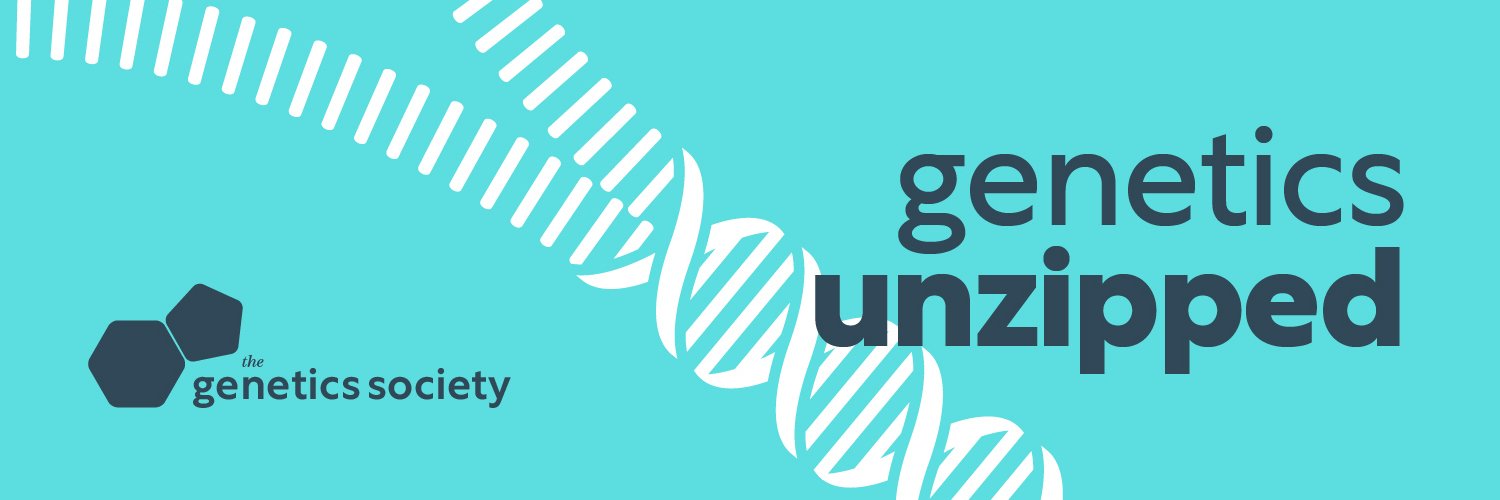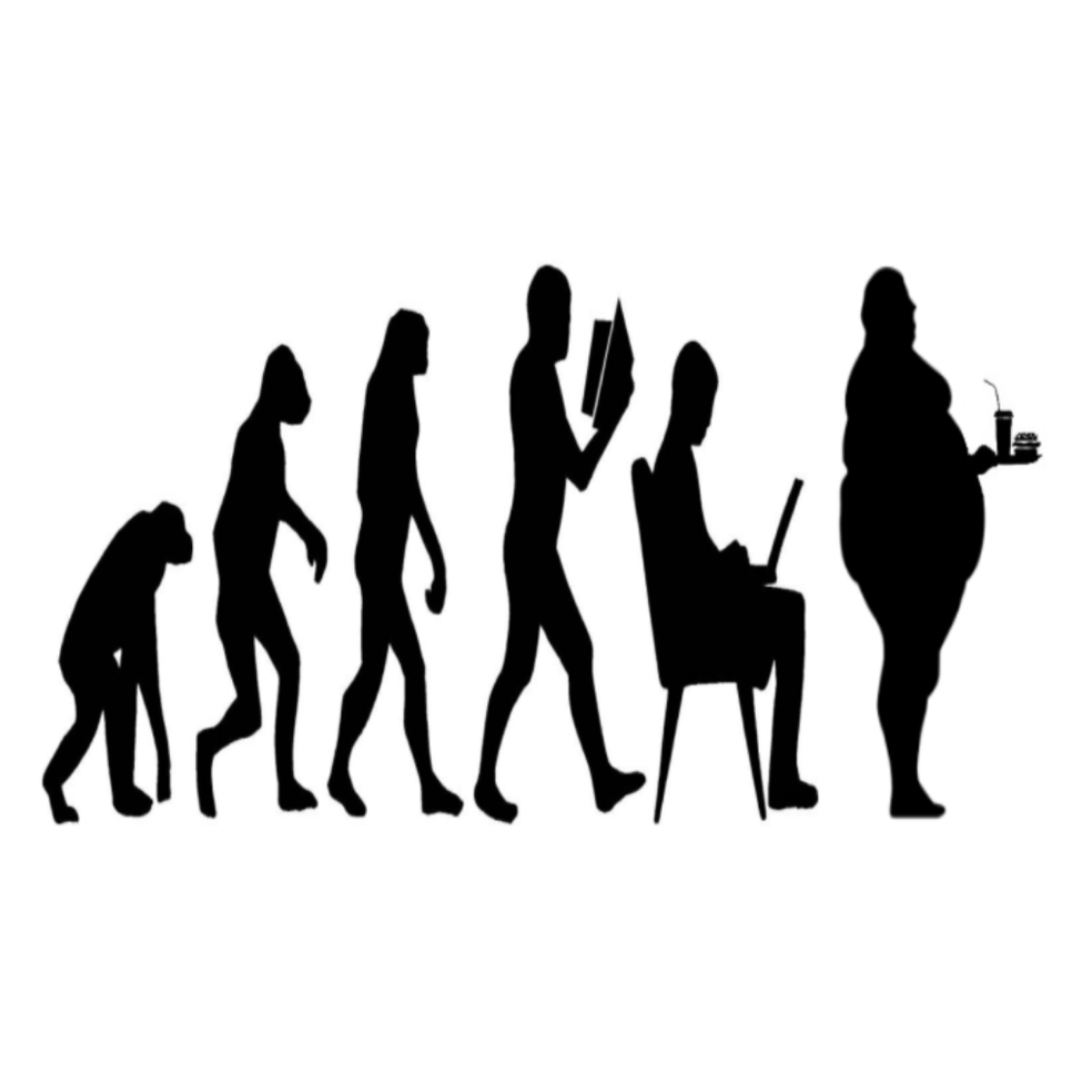We explore the life and work of Hilde Mangold, whose work in developmental genetics led to the discovery of the Spemann-Mangold organiser.
“A woman and a Jew? Forget it!”: The story of Salome Gluecksohn-Waelsch
We explore the life of Salome Gluecksohn, a woman and a Jew in early 20th century Germany whose experiments with mice sparked a new field in science: developmental genetics.
Meet the Mickey Mouse Mice
We discover how a chance encounter with some white-gloved mice led to new insights into heredity, through transgenerational epigenetic inheritance.
The seamstress and the scientist: Pauline Gross and Family G
A chance encounter between a seamstress and a scientist starts a 25-year long crusade to understand the nature of hereditary cancer.
Storm-driven: Maud Slye and her dancing mice
Maud Slye was one of the first people to investigate how cancer susceptibility could be inherited, with the help of 150,000 mice.
Family fingerprints
The first case solved by genetic fingerprinting wasn't a murder or a paternity suit, but an immigration dispute.
The accidental discovery of DNA fingerprinting
At 9.05am on the morning of 10th September 1984, Alec Jeffreys developed the X-ray film that revealed the first genetic fingerprint - a discovery that changed the world.
Catching a killer
The brutal murders of Dawn Ashworth and Lynda Mann made headlines in the 80s, as did the role of DNA fingerprinting in clearing an innocent man and catching the true killer
The Bird Poop Revolution
How bird poop fuelled an agricultural revolution and led to the discovery of the first nucleotide: guanine.
From poop to pus - the discovery of DNA
The hunt for the building blocks of life involved soiled bandages, a hundred kilos of cow pancreas and a lot of heartache.
Nuclear nucleotides
There are far more than four letters in the genetic alphabet. Starting with experiments at a nuclear research facility in the 1940s, we now know of more than 150 modified nucleotides, hugely extending the biological information inside cells.
Meet your inner fish
Human and fish embryos share striking similarities thanks to our shared evolutionary origins - it’s time to meet Tiktaalik, the ancient ancestor of your inner fish.
Back to the womb - fish, fraud and dodgy embryology
German zoologist Ernst Haeckel had a flair for illustration, creating incredibly detailed and widely shared scientific images. But do his famous embryo drawings really show the true picture of early development?
Darwin's Finches
The iconic finches collected from the Galapagos Islands by Charles Darwin are widely thought to be the inspiration for his theory of evolution by natural selection. But while it’s a nice story, it’s not quite true…
The Mythical March of Progress
The March of Progress is probably one of the most widely recognised scientific images and an instant visual short-hand for evolutionary progress. But how accurate is it?
Making a comeback - the science of de-extinction
Every day, species are being snuffed out. One obvious solution to extinction is to invest in conservation. But what about bringing back the species that have already gone?
From Darwin to DNA - redrawing the tree of life
Flip open any biology textbook and you’ll see a typical ‘tree of life’ showing the relationships between species. But where did these iconic representations come from? And how do scientists decide what makes a species anyway?
Moving in together - How the theory of endosymbiosis changed biology
The diversity and success of life on this planet may be the result of cells buddying up and moving in together, combining their resources to create new organisms with advantageous new skills.
I Will Always Love Ewe - the story of Dolly the Sheep
Cloning took a step from the realms of sci-fi towards reality in 1996, with the birth of Dolly the Sheep, the first live-born adult mammal clone.
GMO? OMG! The history of genetic modification
“Genetically Modified Organism” or GMO is a loaded term. But while misleading headlines about ‘Frankenfoods’ may grab attention, there’s a much richer and more nuanced story about the history and uses of genetic engineering that deserves to be told.




















